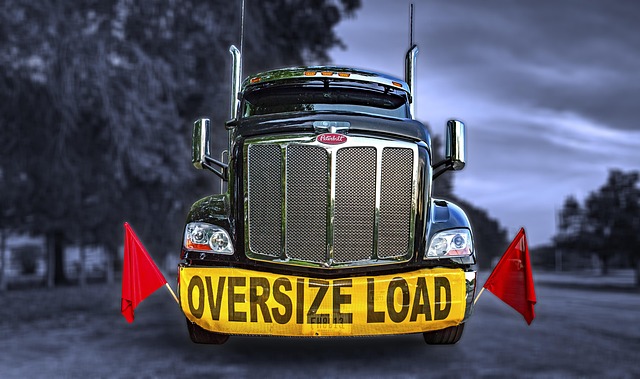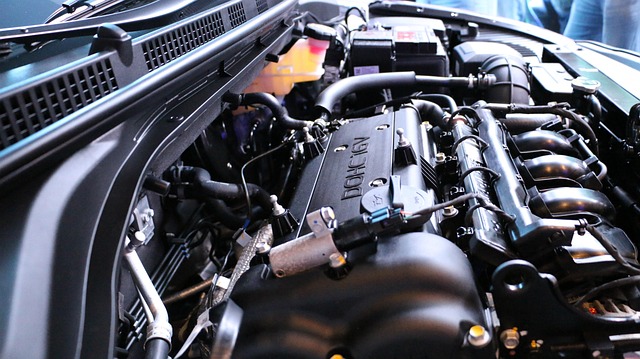Looking to register your car in California? This comprehensive guide breaks down the process, from understanding key requirements to common issues. We’ll walk you through gathering essential documents, interacting with the DMV and VIN verifier, and provide a step-by-step registration process for a smooth experience. Optimize your journey by utilizing these tips and ensuring compliance with California’s regulations.
- Understanding the Registration Process in California
- Gathering Necessary Documents for Car Registration
- The Role of the DMV and VIN Verifier in California
- Step-by-Step Guide to Registering Your Vehicle
- Common Issues and Tips for a Smooth Registration Experience
Understanding the Registration Process in California

Understanding the Registration Process in California
Registering a car in California involves several steps, but with the right preparation and knowledge, it can be a straightforward process. The first step is to ensure that your vehicle meets all safety and emission standards set by the state. This often includes passing a smog test, which can typically be done at a certified inspection station. Once your vehicle is in compliance, you’ll need to visit a California Department of Motor Vehicles (DMV) office or use their online services to initiate the registration process.
A key component of this process involves utilizing a DMV VIN verifier. This tool allows you to verify the authenticity of your vehicle’s Vehicle Identification Number (VIN), which is crucial for ensuring that the car matches the documentation provided. Additionally, many individuals opt for a mobile VIN verification or inspection service to simplify the initial checks before heading to the DMV. This modern approach can save time and offer added convenience during what could otherwise be a busy day.
Gathering Necessary Documents for Car Registration

Before heading to the DMV for car registration, make sure to gather all the essential documents. This process typically requires proof of ownership, such as a purchase agreement or a vehicle title. The title should be signed and notarized if required, ensuring a clear transfer of ownership. Additionally, you’ll need valid identification documents like a driver’s license or state ID card.
Another crucial step is obtaining a Vehicle Identification Number (VIN) verification. This can be done through various methods, including online services or by visiting a local mechanic for a VIN inspection. For added convenience, some providers offer mobile vin verification, ensuring you have all the necessary data before stepping into the DMV. Remember to keep these documents organized and easily accessible to streamline the registration process.
The Role of the DMV and VIN Verifier in California

In California, the Department of Motor Vehicles (DMV) plays a pivotal role in vehicle registration and regulation. It acts as the central authority for issuing registration documents, licenses, and ensuring compliance with state laws. As part of this process, the DMV relies on a critical component—the Vehicle Identification Number (VIN) verifier. This tool is essential for authenticating vehicles’ unique identifiers, which helps prevent fraud and ensures only legitimate cars are registered.
The VIN, a 17-character code, provides valuable information about a vehicle’s make, model, year, and manufacturing location. In California, a VIN inspection is often conducted by specialized mobile vin inspectors or verifiers who have the necessary equipment to swiftly verify these details. This process streamlines the registration experience, making it more accessible for residents, especially when compared to traditional methods that might involve lengthy visits to government offices.
Step-by-Step Guide to Registering Your Vehicle

Registering a car in California involves several straightforward steps that can be completed quickly with the right preparation. Here’s a step-by-step guide to help you navigate the process:
1. Gather Required Documents: Before visiting the DMV, ensure you have all essential documents ready. This includes your vehicle’s title, proof of insurance, and valid identification like a driver’s license or state ID. If you’re transferring ownership, you’ll need a Bill of Sale as well. For added convenience, consider using a mobile vin verification service to check your vehicle’s history before the visit. The Department of Motor Vehicles (DMV) will require the Vehicle Identification Number (VIN) during registration, which can be efficiently acquired through a mobile VIN inspection.
2. Visit Your Local DMV Office or Use Online Services: You have options for registering your car in California. If you prefer in-person service, head to your local DMV office. Bring all required documents and the vehicle itself if it’s already in your possession. Alternatively, you can register online through the DMV’s website. This method streamlines the process, allowing you to upload documents digitally. Ensure you follow the on-screen prompts carefully. During registration, you’ll be asked to input your VIN, a crucial piece of information that can be quickly verified using a mobile VIN verifier.
Common Issues and Tips for a Smooth Registration Experience

Many car owners in California encounter common issues when registering their vehicles, but with some preparation and knowledge, these challenges can be easily navigated. One of the primary sources of frustration is often the verification process, which requires a clear and accurate Vehicle Identification Number (VIN). Using a DMV VIN verifier or even a mobile vin verification service can significantly streamline this step by ensuring your VIN is valid and helping to avoid delays caused by errors in transcription.
To ensure a smooth registration experience, consider these tips: arrive at the DMV with all necessary documents, including proof of insurance; complete any required forms accurately; double-check the accuracy of your vehicle’s information, especially the VIN; and be prepared for potential backlogs or waiting times. Additionally, if you’re conducting a vin inspection through a mobile service, ensure that your vehicle is accessible for inspection and that all necessary details are up-to-date on the DMV records.
Registering a car in California is a straightforward process that requires careful preparation and adherence to state regulations. By understanding the steps involved, gathering all necessary documents, and utilizing the services of a DMV and VIN verifier, you can ensure a smooth registration experience. Remember to address any common issues proactively to avoid delays or complications. With these tips in hand, you’ll be well on your way to securing your vehicle’s registration in no time.



